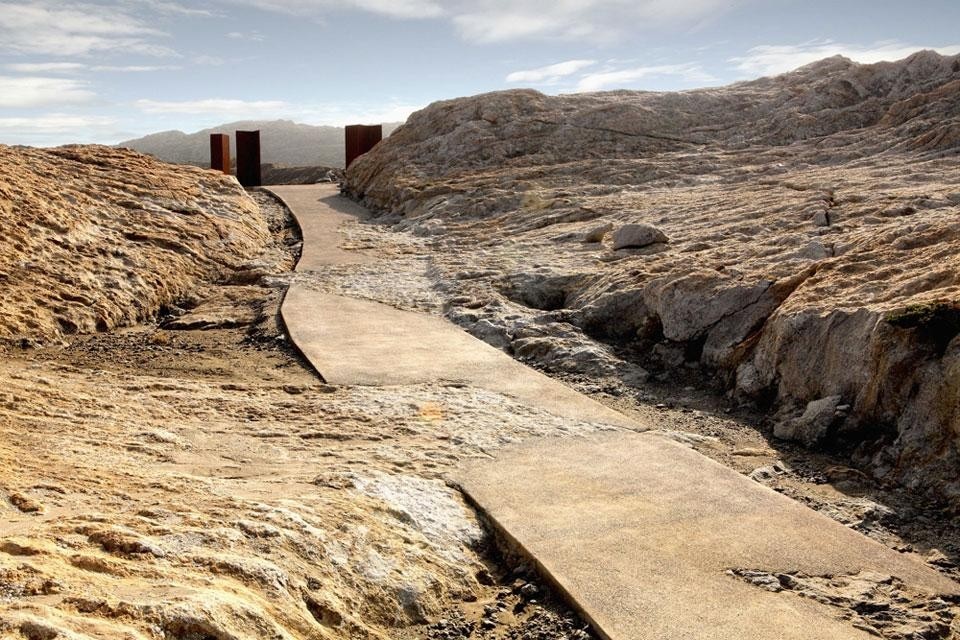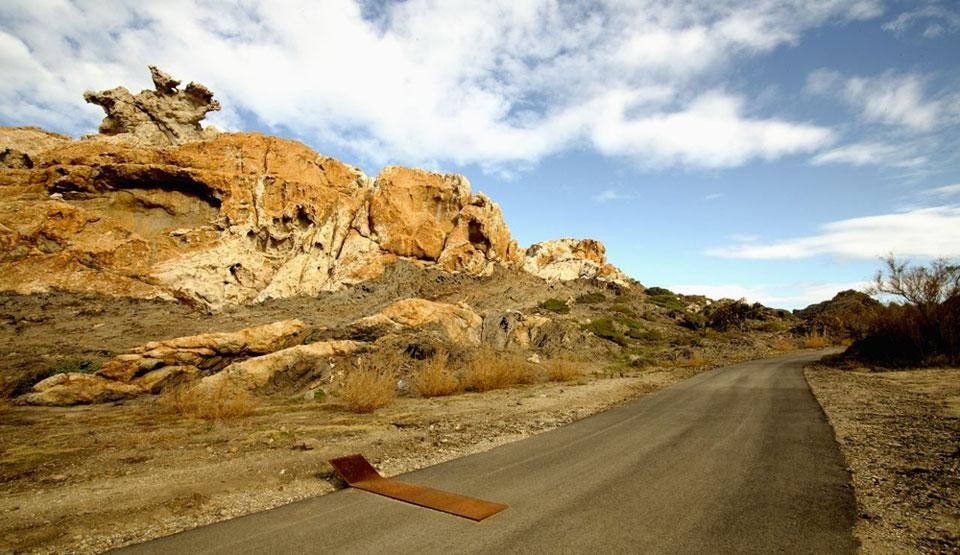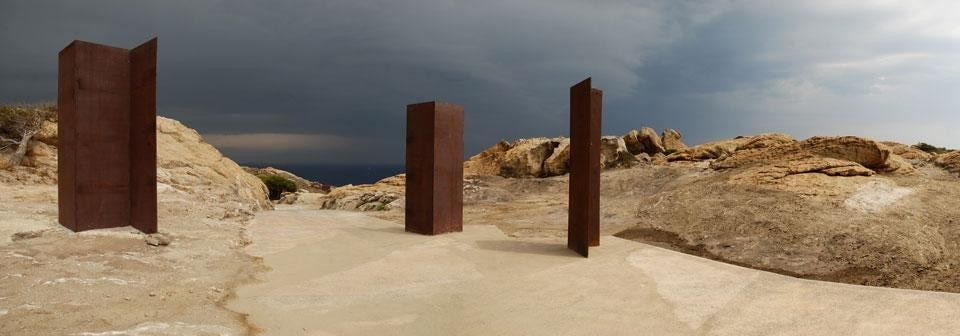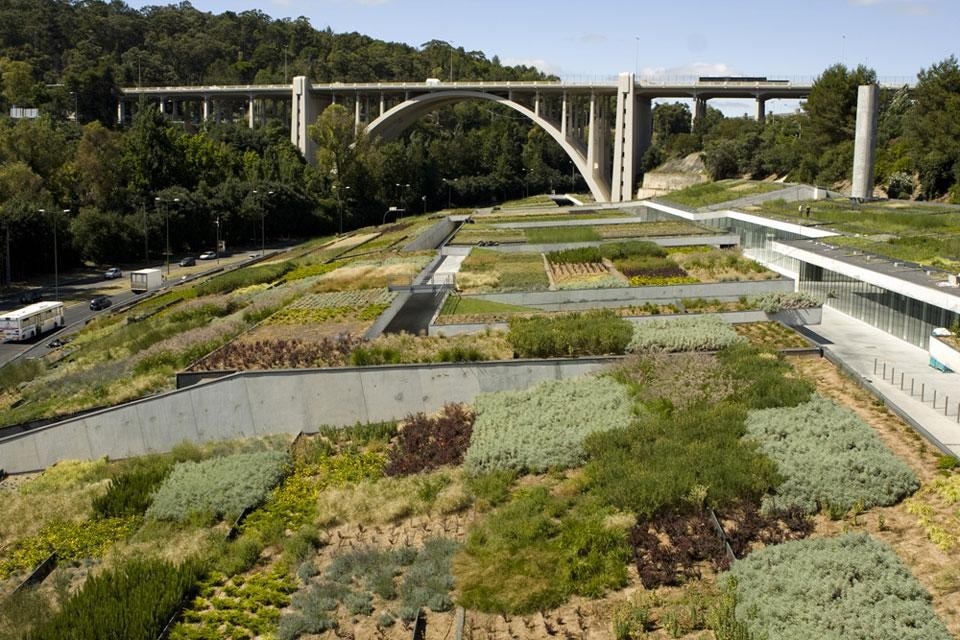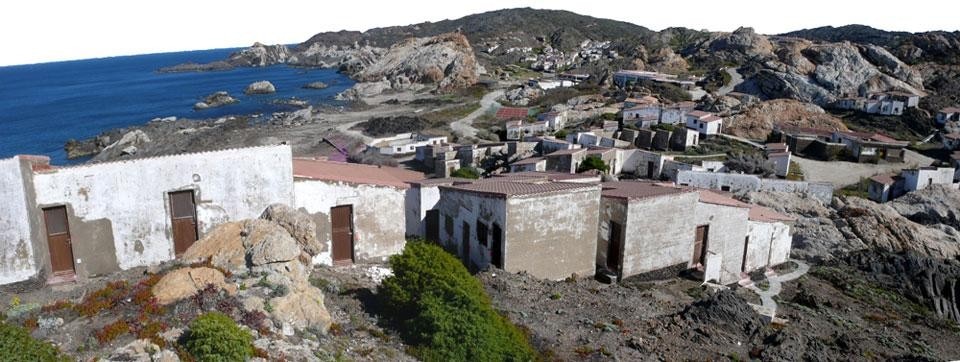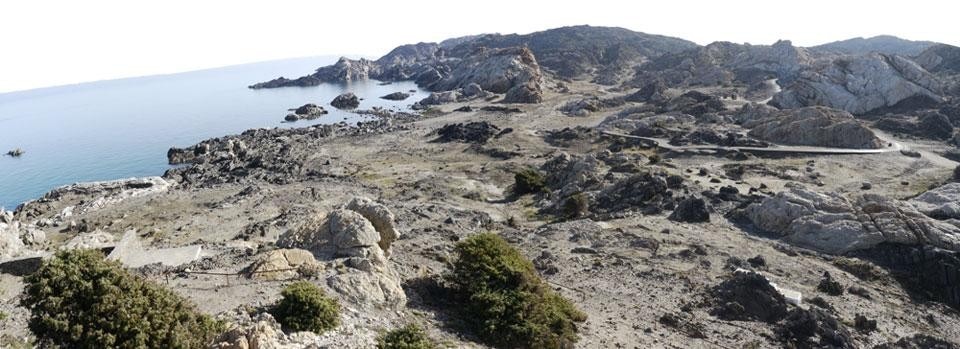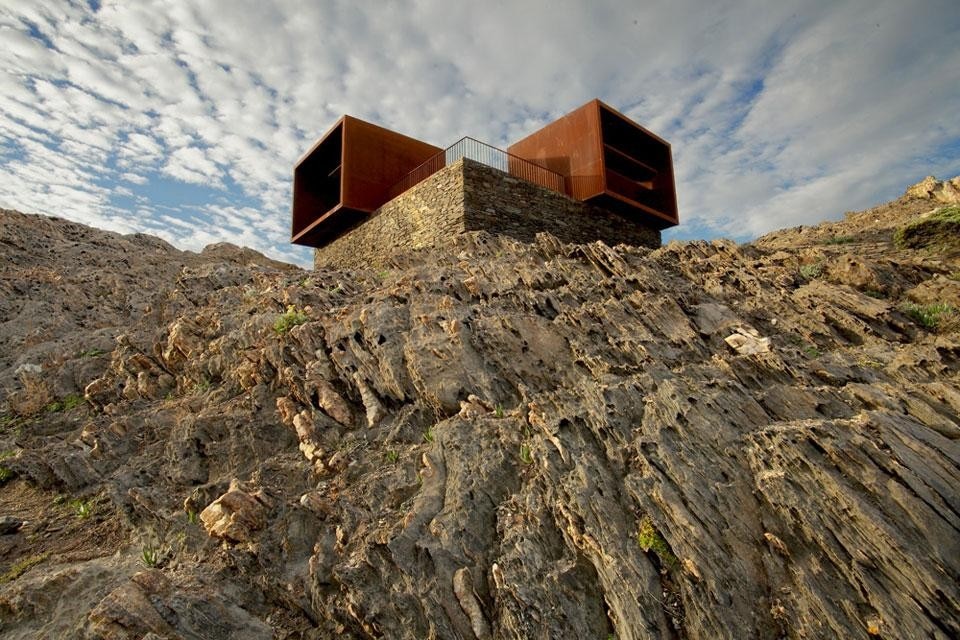Despite uncertainty and last minute preparations on the wake of the global economic crisis and its repercussions in Spain, this year's event was masterfully directed by Jordi Bellmunt, with coordination by Marina Cervera and moderation by Maria Goula. The Biennial is considered as a reference and stimulus to a possible beginning, as well as a platform for the major actors on the international contemporary landscape architecture scene, and will this year cease to be a biennial event to become a Foundation — the International Foundation of Landscape of Barcelona.
The most prestigious institutions teaching landscape architecture, alongside some of the major local representatives in the field of English and French landscape architecture — such as Manuel Ruisánchez (Professor at DUOT, UPC and founder of the studio Ruisánchez Arquitectes), Gilles Vexlard (co-founder with L.Vacherot Latitude North Studio) and Kathryn Gustafson — attended the Biennial events in the awe-inspiring scenario of the Petit Palau de la Musica Catalana by Lluís Domènech i Montaner and in the central COAC headquarters.
On the second day of the event, two round tables discussed the need for innovation in landscape architecture academic programs, as well as the effects of crisis and need of identity for the landscape architect role, within the common ground of the Spanish, Portuguese and Italian realities. These discussions illuminated the eternal and incredibly — sometimes even unexpectedly — present frustration of Mediterranean area landscape architects, and the need of an internal reinvention of the narrow academic circles and feeble stages of the professional field. Alternative practices, new attitudes, and possible formulas illustrated by the guests were welcomed by the audience, such as the case of Landworks Sardinia's Stefan Tischer and the ability to requalify sites with a "0 budget" or "low cost" operational approach.
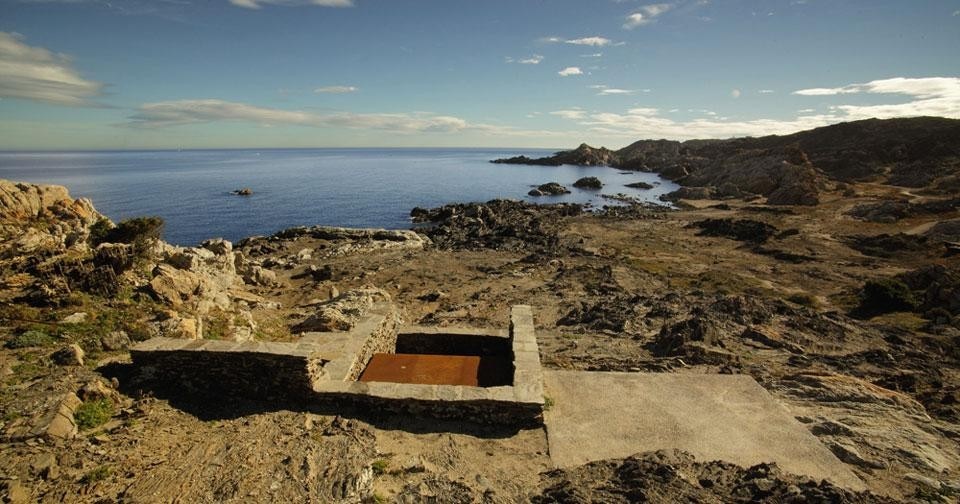
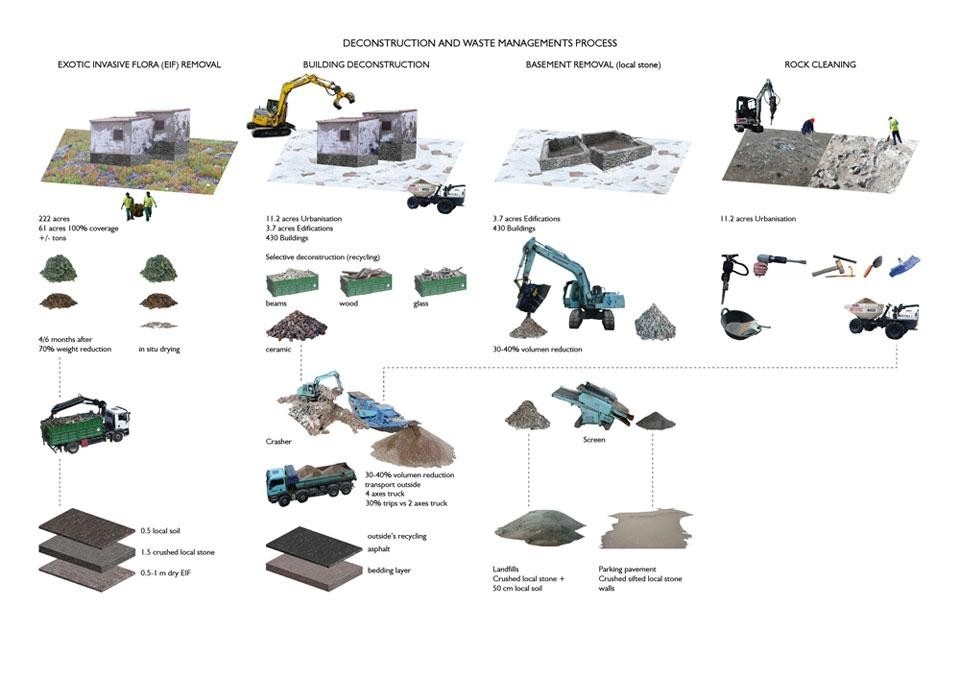
Discussions illuminated the eternal and incredibly — sometimes even unexpectedly — present frustration of Mediterranean area landscape architects, and the need of an internal reinvention of the narrow academic circles and feeble stages of the professional field
